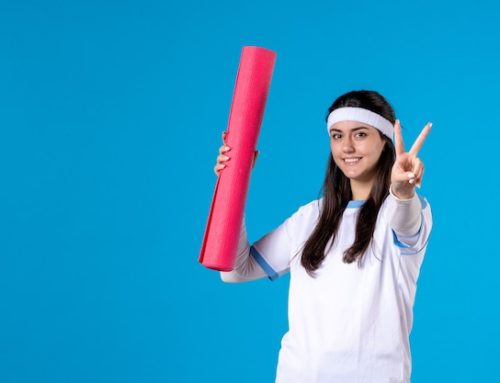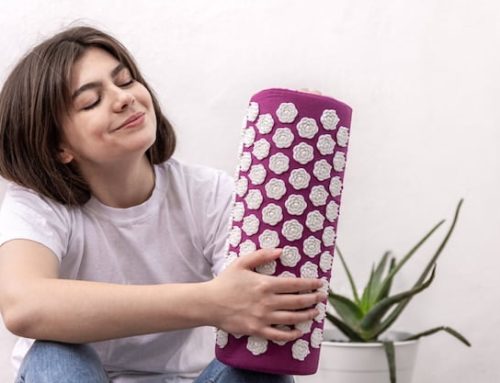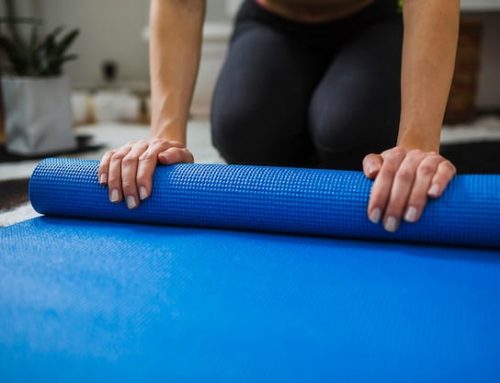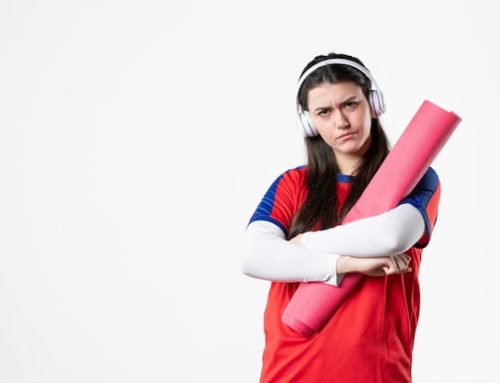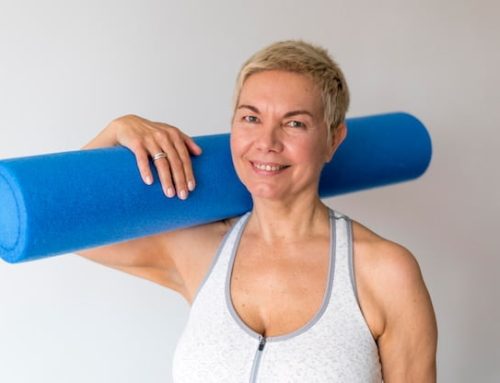Introduction
Foam rolling has become an increasingly popular way to improve flexibility, reduce soreness, and enhance performance. Whether you’re a professional athlete or a casual gym-goer, foam rolling can be an effective tool for managing muscle tension, increasing mobility, and promoting recovery. One of the most common areas people use foam rollers for is their calves. But is it really a good idea to foam roll tight calves? In this article, we’ll explore the benefits and risks of foam rolling your calves, and provide tips for safe and effective practice.
The Benefits of Foam Rolling Your Calves
Foam rolling your calves can be an effective way to improve flexibility, reduce muscle tension, and decrease soreness. The calf muscles, including the gastrocnemius and soleus, are important for walking, running, and jumping, and can become tight and stiff from exercise, sitting for long periods, or wearing high heels. Foam rolling can help release the tension in these muscles, which can improve your range of motion and reduce your risk of injury.
Research has shown that foam rolling can also help improve circulation and promote recovery. A study published in the Journal of Athletic Training found that foam rolling before and after exercise can increase arterial blood flow and enhance vascular function, which can help facilitate the delivery of oxygen and nutrients to your muscles. Another study published in the International Journal of Sports Physical Therapy found that foam rolling can help reduce muscle soreness and improve range of motion in the calf muscles.
The Risks of Foam Rolling Your Calves
While foam rolling your calves can be beneficial, it’s important to be aware of the risks. The calf muscles are sensitive and can be easily injured, especially if they are already tight or fatigued. Overly aggressive foam rolling can cause bruising, muscle tears, or other soft tissue damage. Additionally, foam rolling can exacerbate certain conditions, such as Plantar Fasciitis or Achilles Tendinitis.
If you have a history of calf or foot injuries, it’s important to talk to your healthcare provider before starting a foam rolling routine. They can help you determine whether foam rolling is safe for you, and provide guidance on how to use the roller properly.
Tips for Safe and Effective Foam Rolling
To foam roll your calves safely and effectively, follow these tips:
- Start with a gentle pressure
- Roll slowly back and forth
- Stop and hold pressure on any tight spots or trigger points
- Don’t roll directly over your Achilles tendon
- Use a softer roller or massage ball if you’re new to foam rolling or have sensitive calves
- Limit your foam rolling to 10-15 minutes at a time
- Stretch your calves after foam rolling to maximize the benefits
Alternatives to Foam Rolling
If foam rolling isn’t the right fit for you, there are other ways to improve your calf flexibility and reduce muscle tension.
Some alternatives include:
- Stretching: Holding a static stretch can help lengthen tight muscles and improve your range of motion. Try holding a calf stretch for 30 seconds, then switch sides and repeat.
- Massage: A professional massage therapist can use techniques like deep tissue massage or myofascial release to loosen tight muscles and reduce soreness.
- Dynamic warm-up: Before exercising, try warming up your calf muscles with dynamic exercises like high knees or skip drills.
- Yoga: Certain yoga poses, like downward-facing dog or warrior 1, can help stretch and strengthen your calf muscles.
Conclusion
Foam rolling your calves can be a safe and effective way to improve flexibility, reduce muscle tension, and promote recovery. However, it’s important to use the roller properly and avoid aggressive techniques that can cause injury. If you’re unsure about whether foam rolling is safe for you, talk to your healthcare provider for guidance. Incorporating other techniques like stretching, massage, dynamic warm-ups or yoga can be viable alternatives to foam rolling, depending on your preference. Regardless of the method you choose, prioritising calf care will help you progress towards your athletic goals and aid in the prevention of injuries.

